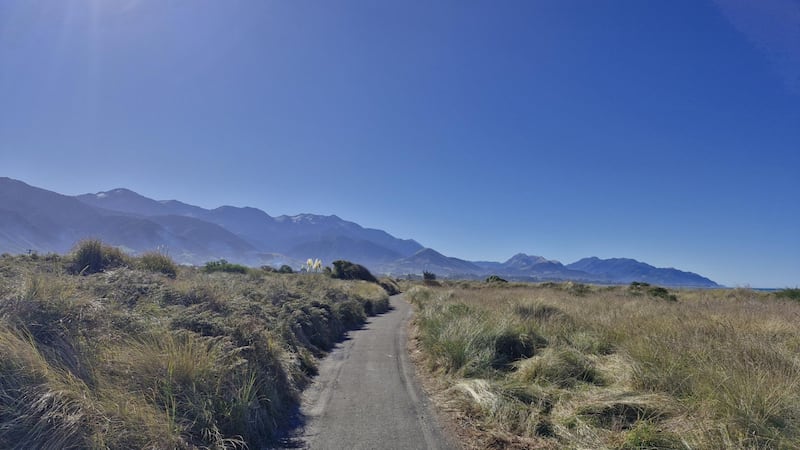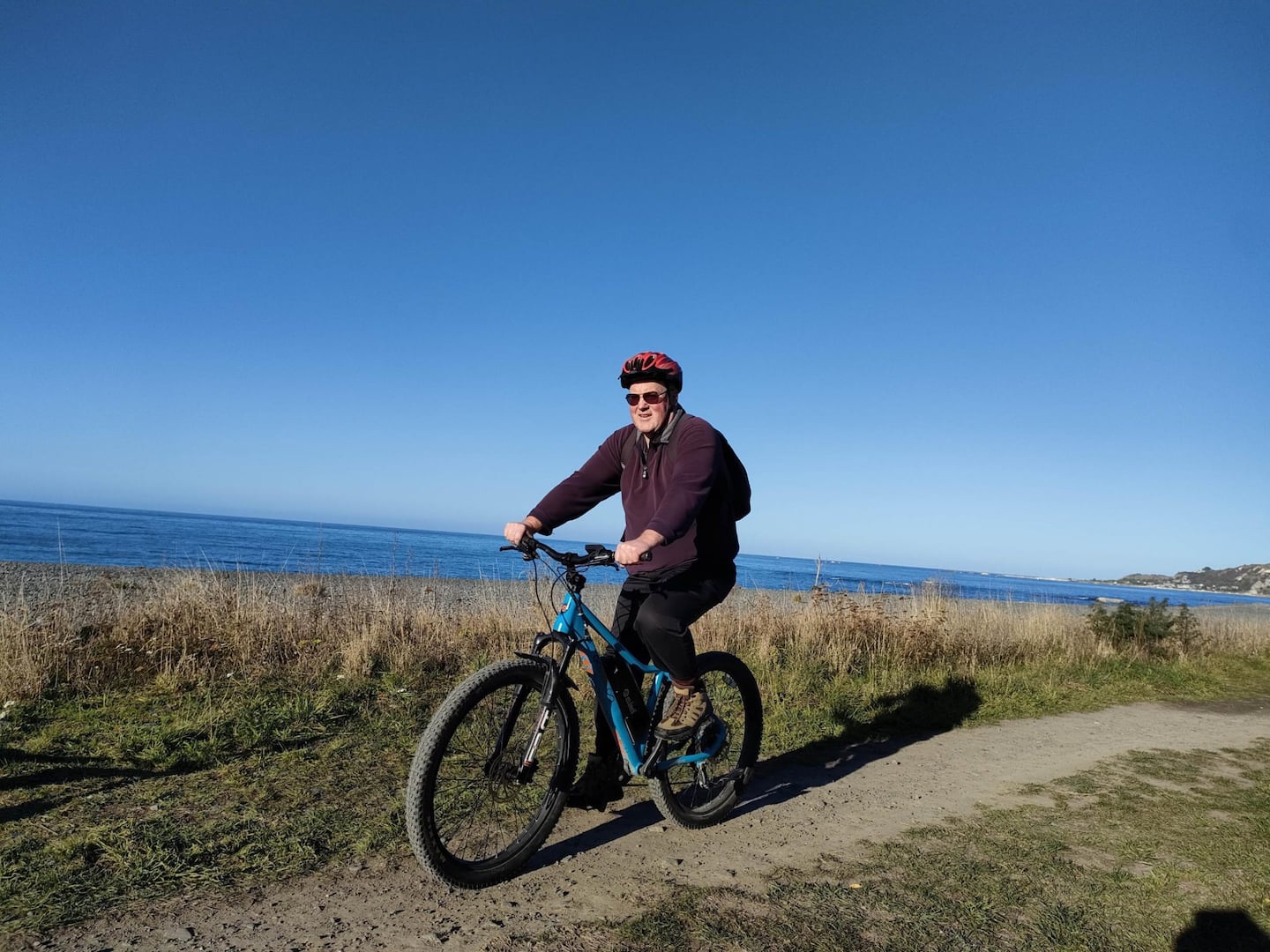Visitors to Kaikōura and Marlborough will be able to try out sections of the Whale Trail this summer.
The 200km shared pathway is starting to weave its way along the coastline between Blenheim and Kaikōura, with 84km already complete.
Sections have been completed between Tua Marino and Seddon (either side of Blenheim), while progress is being made on the Kaikōura end of the trail.
Around 3.3km of the existing Kaikōura loop track has been upgraded for the trail.
Project manager Nigel Muir said a Heritage New Zealand report and an ecological report are needed before the remainder of the 10km Kaikōura to Hāpuku section can be completed.
He is excited about the Whale Train passing through the Kaikōura international dark sky sanctuary.
‘‘To start from the seaside town of Picton, pass through a series of story-tells and some amazing scenery, and then to finish at Kaikōura, it is going to be unique ride.’’
Planning for the Hāpuku to Waiau Toa Clarence section is in the early stages, while the Waiau Toa Clarence to Kekerengū section is progressing towards the resource consent stage.
The project team is working on a design for a new bridge for Hāpuku River, which a suspension bridge has been designed for the Kekerengū River and is awaiting consent.
Mr Muir said the completed trail will comprise 38 bridges, which includes crossing eight ‘‘significant awa’’ (rivers), with a mix of new bridges and clip-ons on to existing road bridges.
The 1902 Awatere road / rail bridge has been restored for cycling and walking on the lower section, and opened at the end of last year.

When complete, the Whale Trail will bring economic benefits to small towns like Clarence, Kekerengū, Ward, Seddon and Tua Marino, as well as the main towns, Mr Muir said.
‘‘What we have seen with the other Great Rides is these small towns are being rejuvenated with accommodation and cafe offerings.’’
The final distance will be between 196km and 201km and is expected to take four to five days to ride.
The project is expected to cost around $30 million, with the Ministry of Business, Innovation and Employment’s (MBIE) Kānoa regional economic development fund as the main partner.
Funding has also come from the Marlborough and Kaikōura district councils and the Rata Foundation.
The project has also been supported by multiple landowners, KiwiRail, the Department of Conservation, Environment Canterbury, community organisations and local Rūnanga.
‘‘We have been fortunate for the support of Ngāti Kurī in the map design and helping us to navigate through this special place in a way that is enriching and honours past generations.’’
The 23 established Ngā Haerenga Great Rides have 2.1 million users a year and growing, with around half cyclists and half walkers, according to MBIE.
MBIE estimates visitors to the Great Rides spend around $1 billion a year, which includes 3.6 million bed nights.
LDR is local body journalism co-funded by RNZ and NZ On Air.



